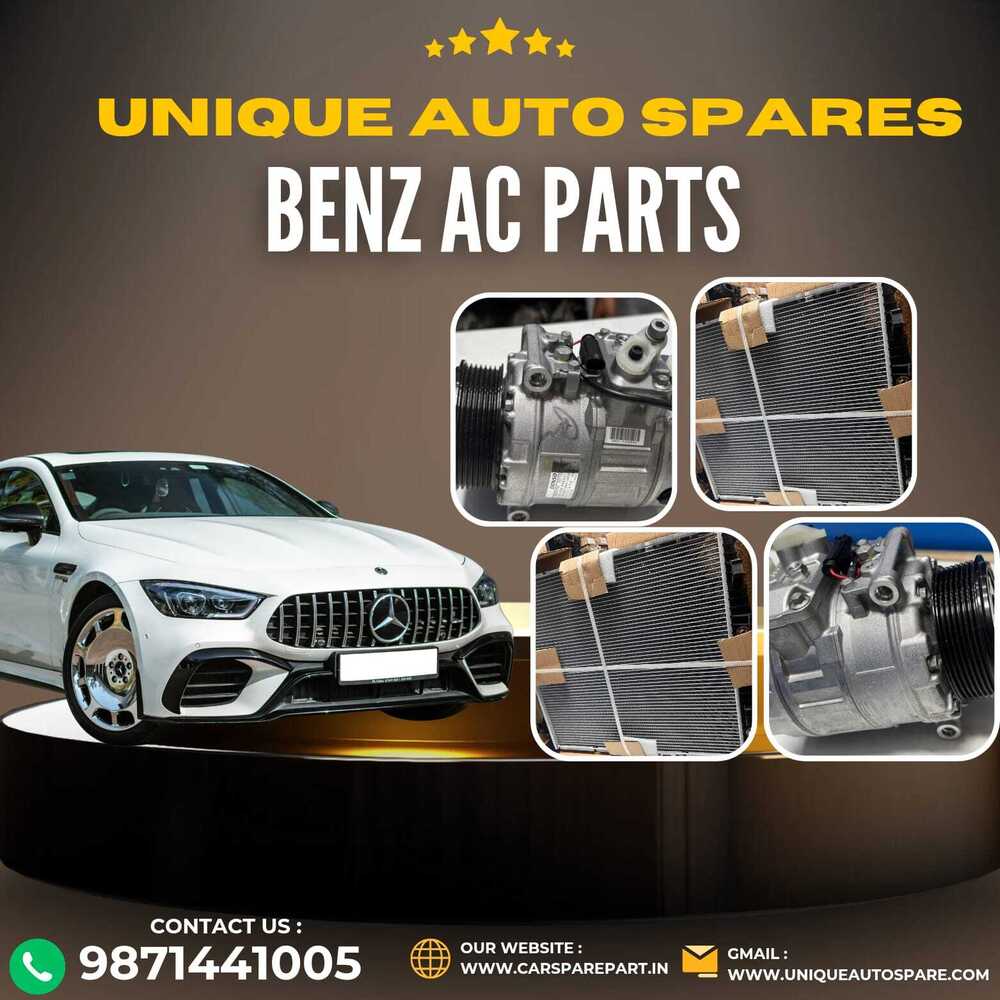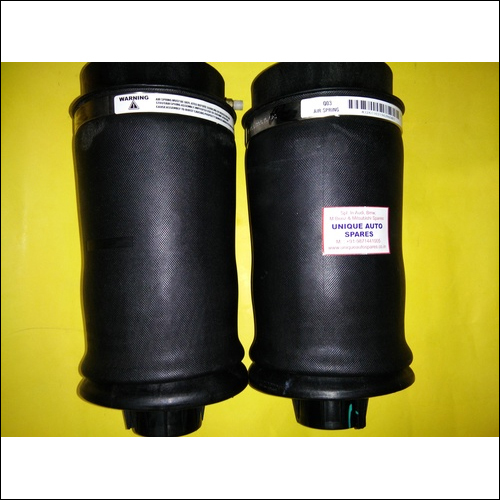Brake pad Audi Q7
Brake pad Audi Q7 Specification
- Color
- Black
- Working Life
- 3 yers
- Product Type
- Brake pad Audi
- For Use In
- Automobile Industry
Brake pad Audi Q7 Trade Information
- Minimum Order Quantity
- 1 Set
- Payment Terms
- Cash Against Delivery (CAD), Cash on Delivery (COD), Cash Advance (CA), Cash in Advance (CID), Cheque, Delivery Point (DP)
- Supply Ability
- 1000 Sets Per Day
- Delivery Time
- 1 Days
- Packaging Details
- cardboard box and cover with sack
- Main Domestic Market
- All India
About Brake pad Audi Q7
Brake pad Audi Q7 car, Brake pad Audi A4 car, Brake pad Audi A3 car, Brake pad Audi A6 car, Brake pad Audi A8 car,- Ceramic Brake Pads: Known for producing less dust and noise, with good durability. They�re often more expensive but offer a smoother braking experience.
- Semi-Metallic Brake Pads: Offer better heat dissipation and stopping power, ideal for heavy-duty use, but can be noisier and may wear down the rotors faster.
- Organic (Non-Asbestos Organic): These are typically the quietest option, made from materials like rubber, glass, or Kevlar. They�re softer and wear out faster but are gentle on rotors.
2. Recommended Brands
- OEM (Original Equipment Manufacturer): Audi�s original brake pads are manufactured to fit perfectly and offer reliable performance. Audi OEM parts can usually be found at Audi dealerships or specialized online parts stores.
- Aftermarket Brands: Some reputable brands for the Audi Q7 include:
- Brembo: Known for high-quality, durable pads.
- Bosch: Reliable performance with minimal noise and dust.
- Akebono: Ceramic pads that are quiet and long-lasting.
- TRW: Often used as original equipment on European vehicles.
- Hawk Performance: Offers high-performance pads suitable for SUVs.
3. Signs It�s Time to Replace Brake Pads
- Squeaking or squealing noises while braking
- Grinding sounds, which indicate worn-down pads
- Reduced braking performance or longer stopping distances
- Vibration or pulsing in the brake pedal
- A brake pad warning light on the dashboard (if equipped)
4. Typical Replacement Process
- Preparation: Gather the required tools and ensure the vehicle is on a stable, level surface.
- Removal: Remove the wheel, caliper bolts, and then the old brake pads.unique auto spares.Car Brack Pads Supplier in india.
- Installation: Install the new pads and reassemble the components in reverse order.
- Bed-In Process: Follow the bed-in process to ensure the new brake pads settle in properly. This usually involves gradual braking to warm up the pads and rotors without coming to a full stop.






- Minimum Order Quantity
- 1 Set
- Supply Ability
- 1000 Sets Per Day
- Delivery Time
- 1 Days
- Main Domestic Market
- All India

Price:
- 50
- 100
- 200
- 250
- 500
- 1000+
More Products in Audi Car Parts, Audi Spare Parts & Audi Car Accessories Category
AC Compresser
Price Range 18500.00 - 24250.00 / Bottle
Minimum Order Quantity : 1 Box
Product Type : AC Compresser
For Use In : Automobile Air Conditioning Systems
Color : Silver with Black Pulley
Material : Cast Aluminum Alloy Body, Steel Components
Audi A6 Airmatic Valve - 4H0616013 Audi A8 Airmatic Valve
Minimum Order Quantity : 15 Pieces
Product Type : Audi A6 Airmatic Valve 4H0616013, Audi A8 Airmatic Valve
For Use In : Automobile Industry
Color : Black
Material : Valve block
Audi car accessories
Minimum Order Quantity : 60 Units
Product Type : Audi car accessories
For Use In : Four Wheeler
Color : Black
Material : Radiator
Audi A6 Shocker Baloon
Price Range 4255.00 - 5555.00 / Set
Minimum Order Quantity : 1 Set
Product Type : Shocker Baloon
For Use In : Automobile Industry
Color : Black
Material : Rubber & MS






 Send Inquiry
Send Inquiry Send SMS
Send SMS
